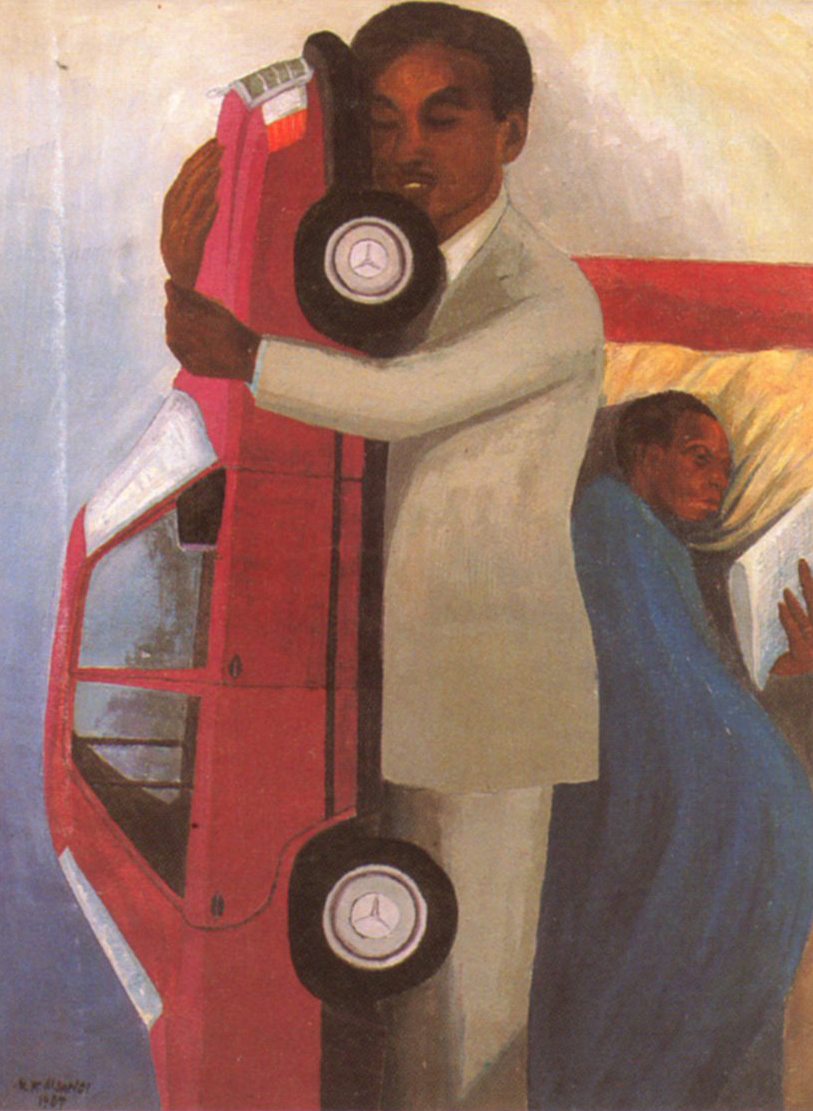Tanzania in 1990
Dates of Independence: Tanganyika and Zanzibar, 9 December 1961
Population: 23.1 million
Effects of South African destabilisation, 1980-88
(Source: United Nations Economic Commission for Africa)
- 25 000 indirect war-related deaths
- 75 000 Mozambican refugees (1988)
- excess defence spending US$500 million, including 4000 troops in Mozambique
- export trade losses US$75 million
The United Republic of Tanzania was formed in 1964 when the newly independent territories of Tanganyika and Zanzibar merged into one nation.
Prior to the colonial period, organisations ranged from centralised chiefdoms to small-scale chiefless societies. In the nineteenth century, long-distance trade increased, particularly in ivory and slaves. Traders from the coast spread Arab culture and Islamic beliefs inland.
From 1884 to 1919 Tanzania was a German colony, part of German East Africa. Railways were built, German settlers encouraged and new cash crops introduced. From 1919 to 1961 Tanganyika was a British Trust Territory and from 1890 to 1963 Zanzibar was a British Protectorate. Under the British, extensive white settlement was not encouraged and development of any kind was slow and uneven.
The Tanganyika African National Union (TANU) was formed in 1954 and gained mass support during the succeeding years, rapidly and peacefully leading to independence. Tanzania became a Republic under the Presidency of Julius Nyerere.
Tanzania’s reputation as a radical and anti-capitalist regime, though it has deeper roots, goes back to the Arusha Declaration of 1967 with its assertion of egalitarianism and national self-reliance. But economic problems are acute for such a large and poorly resourced country.


